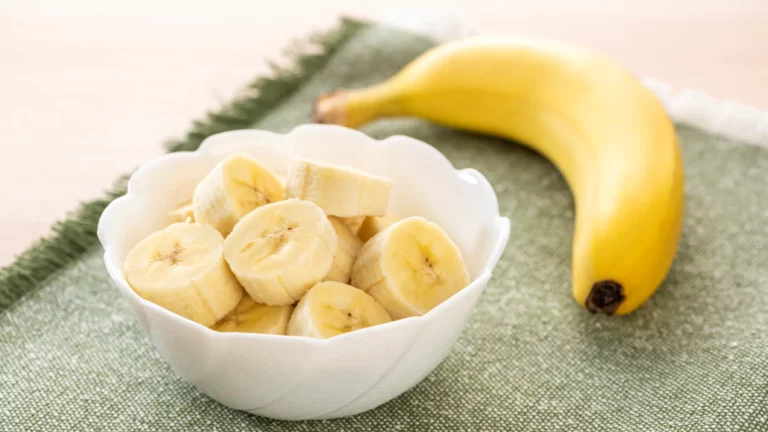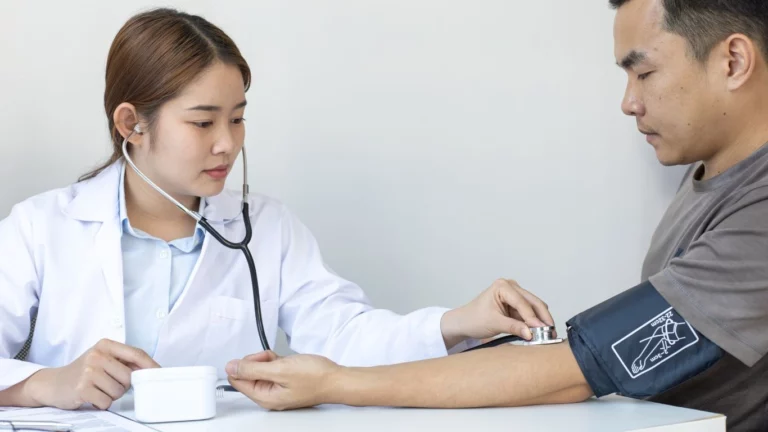Simple Walking Tips for RA Knees That Actually Help
Living with rheumatoid arthritis (RA) in the knees isn’t just about managing flare-ups—it’s also about staying mobile, which can be a delicate balancing act. As a Rheumatology nurse practitioner, I’ve had countless conversations with patients who are desperate to stay active but fear making their joint pain worse. That’s exactly why I decided to put together this guide focused on walking tips for RA knees. It’s not just theory here—these are real strategies I’ve shared with my patients (and sometimes use myself when my own joints get cranky). The goal? Help you walk more confidently and comfortably, one step at a time.
Why Walking Matters (Even When Your Knees Don’t Feel Like It)

First, let’s talk motivation. I totally get it—when your knees are stiff, swollen, or feel like they’ve aged 40 years overnight, walking sounds like the last thing you’d want to do. But staying sedentary actually leads to more stiffness and even weaker muscles around the knee joint, which can cause more pain down the line. A gentle, consistent walking routine can help improve flexibility, strengthen muscles, and even boost your mood.
Think of your joints like the hinges on a door. If you never open the door, those hinges get rusty. Walking keeps those “hinges” moving and lubricated with synovial fluid, which can actually reduce inflammation over time. The key is learning how to walk smart—not just more.
Start With the Right Gear
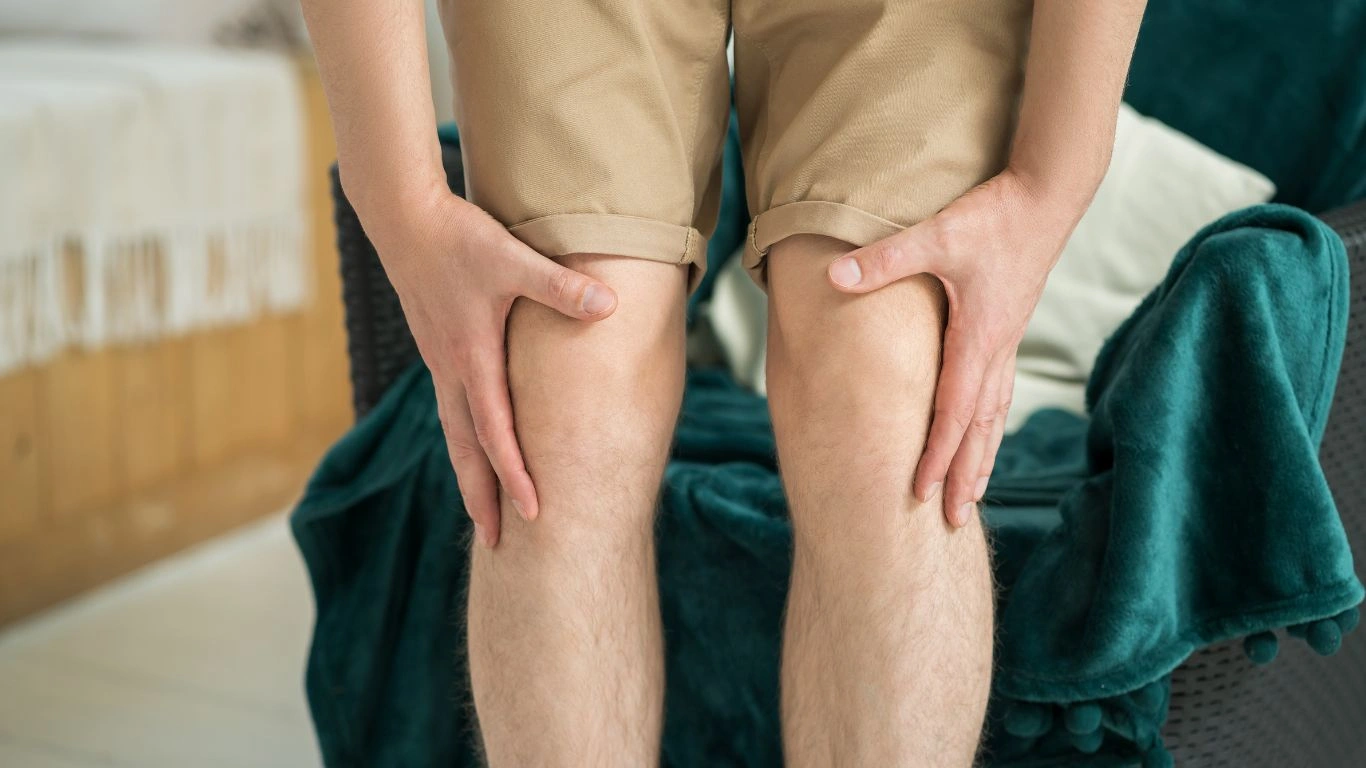
Footwear is Your Foundation
This might sound obvious, but the wrong shoes can ruin a walk before it begins. Look for supportive walking shoes with cushioned soles and a wide toe box. I usually recommend patients shop for shoes later in the day when feet are naturally a bit swollen—mimicking what they’ll feel like during a flare. Brands like HOKA and Brooks often get great reviews from my patients.
Try Compression or Knee Braces
If your knees are feeling unstable or tender, a soft compression sleeve or hinged knee brace can offer extra support. Just avoid anything too tight—it should feel like a gentle hug, not a tourniquet.
Timing Is Everything: Know When to Walk

Plan Around Your Flare Patterns
RA tends to have its own schedule, right? For many, mornings are the worst. That’s why I suggest waiting until your body feels “awake.” This might mean a midday stroll instead of trying to force a walk at 7 a.m. when your knees feel like concrete.
Short and Sweet Beats Long and Painful
Forget the idea that a walk needs to be 30 minutes to count. Try breaking it up into 10-minute chunks. A few short, low-impact walks sprinkled throughout your day can be easier on your joints than one long trek—and way more sustainable.
Gentle Techniques for Easier Steps
Focus on Surface and Pace
Choose smooth, flat surfaces like indoor tracks, paved trails, or even the mall (yes, mall walking is still a thing and a great one at that!). Uneven terrain forces your joints to work harder to stabilize, which can lead to soreness.
Keep a Natural Rhythm
You don’t have to power-walk your way to health. In fact, moving at a moderate pace is often more beneficial—and safer—for those with RA knees. Think of it as a casual stroll with a purpose. If your knees start protesting mid-walk, it’s okay to stop and rest. Listen to your body.
Engage the Right Muscles
This is something I love coaching patients through in clinic: use your glutes and core to take pressure off your knees. It’s a subtle shift, but engaging those larger muscle groups can make a noticeable difference. Imagine gently tightening your stomach muscles and pushing off with your heel. It takes practice, but it works.
Listen to Your Body—But Don’t Baby It
This part is all about finding that sweet spot between pushing yourself just enough and not overdoing it. When patients ask me, “Should I walk if I’m in pain?” my answer usually depends on the type of pain. Achy and stiff? Walk. Sharp and stabbing? Rest, ice, and reassess. Your knees will give you cues—you just have to learn their language.
Walking with RA doesn’t have to be a daily struggle. With the right approach, it can actually become one of your favorite tools for managing pain, boosting energy, and regaining control. Stick with me—we’re just getting warmed up.
How to Warm Up RA Knees Before a Walk

Let’s be honest—jumping right into a walk with stiff knees is asking for trouble. One of the most underrated walking tips for RA knees is taking a few minutes to warm up before you start moving. This isn’t just something I preach—when I don’t warm up, I feel it big time, especially on colder mornings or after sitting too long.
Simple Joint-Friendly Warm-Ups
You don’t need anything fancy. Here are a few warm-ups I’ve personally used and suggested to patients:
- Heel slides: Sit or lie on your back, then slowly bend one knee at a time, sliding your heel toward your butt. Hold for a few seconds, then slide it back out. Repeat 5-10 times per leg.
- Mini marches: While standing, gently lift each knee toward your chest (just a few inches), alternating slowly. Great for activating your hips and thighs.
- Quad squeezes: Sit with your legs straight and tighten the muscles just above your knees for a few seconds, then release. It wakes up those support muscles in a low-impact way.
These little movements signal your body it’s time to work—and they go a long way in reducing post-walk soreness too.
Mindful Walking: Tune In to Your Body

One thing I’ve learned from working with people who live with RA is that movement becomes more meaningful when we actually *pay attention* to how it feels. Mindful walking isn’t just a buzzword—it’s a way to protect your joints and stay grounded in your body’s needs.
Check Your Posture
I always tell my patients: pretend someone’s lifting you up gently by the crown of your head. Stand tall, keep your shoulders relaxed, and let your arms swing naturally. This takes pressure off the knees and distributes your weight more evenly.
Use Your Breath
Breathing is something we forget to do properly when we’re in pain. Try this while walking: inhale for 4 steps, exhale for 4 steps. It keeps your rhythm steady and reduces tension in your muscles—and even your mind.
Notice the Good Stuff
Even if it’s a slow walk around your block, look for something that makes you smile: birds, a neighbor’s dog, blooming flowers. Shifting focus away from pain and toward something positive helps break the cycle of fear and discomfort many RA patients feel with movement.
Tools That Make Walking Easier

I’m a big fan of using assistive devices—not as a crutch, but as a smart tool. There’s no shame in using gear that keeps you active longer and more comfortably. In fact, most of my long-term RA walkers swear by at least one of these:
Trekking Poles
Yes, they’re not just for mountain hikes! Trekking poles help redistribute weight and improve balance, which is especially helpful when your knees are flaring. Make sure to adjust them to the right height so your elbows stay at about 90 degrees when holding them.
Rollators and Walkers
If you need more support, especially during long outings, a lightweight rollator with a seat can be a game-changer. I’ve had patients use them at outdoor festivals, shopping trips—you name it. Some even keep a “travel rollator” in the car just in case.
Walking Apps and Trackers
This one’s more about motivation than physical support, but I’ve had great success with recommending step counters or simple walking apps. Seeing your progress—even if it’s just 1,000 steps—feels empowering. It reminds you that every step matters, no matter how small.
Dealing With Setbacks Without Guilt
There are going to be days when walking just doesn’t happen—and that’s okay. Life with RA is full of highs and lows. I’ve had patients (and personally experienced it too) who feel defeated when they “miss a day.” But here’s the truth: rest is part of healing, too.
When to Rest and When to Move
If your knees are hot, visibly swollen, or you’re experiencing sharp pain, that’s a cue to take it easy. Alternate ice and elevation, use anti-inflammatory strategies, and allow your body to recover. On the other hand, if you’re just feeling stiff or a little “meh,” even a short walk can loosen things up and help more than you expect.
Don’t Compare Your Progress
This one’s tough, but necessary. Don’t get caught up in social media or even what your neighbor is doing. Your walk, your pace, your body. Progress looks different for all of us. I’ve seen patients who could barely make it to the mailbox one month and were walking laps at the park the next.
Stick with it. The road to better mobility isn’t always smooth, but it’s absolutely worth walking—literally and figuratively.
Building a Consistent Walking Routine for RA Knees
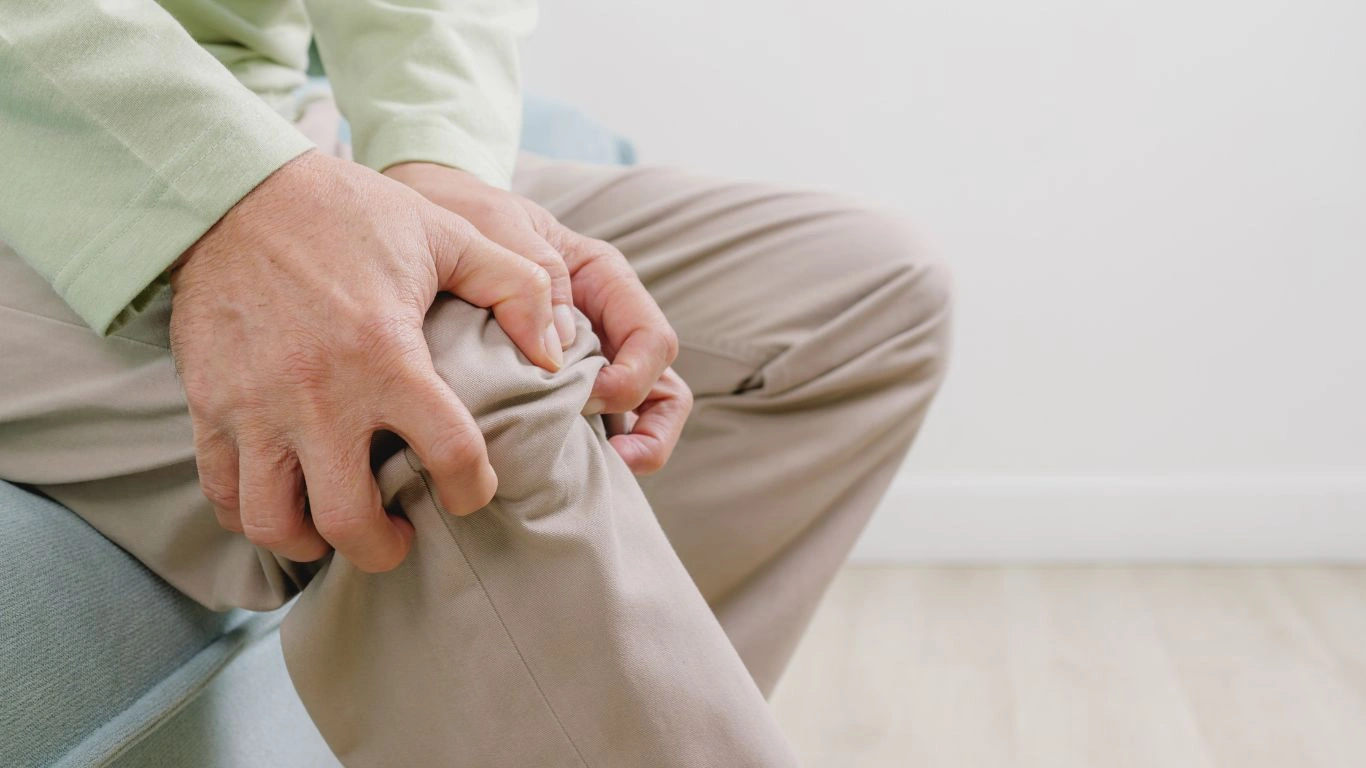
Now that you’ve got the warm-ups, gear, and mindset nailed down, let’s talk about something that can really make or break your progress: consistency. When it comes to managing RA, especially in the knees, it’s less about intensity and more about routine. I always remind my patients that small, steady steps really do win this race.
Start Where You Are—And Stay Flexible
There’s no magic number of steps or distance. Some days, a short walk to the mailbox might be your max—and that’s perfectly okay. Other days, you may feel good enough for a half-mile loop at the park. The key is to give yourself permission to adjust without judgment.
I’ve had weeks where my knees felt great and I walked every morning before work. But I’ve also had flare weeks where a heated blanket and stretching were all I could manage. That’s the reality for most folks with RA. Be kind to yourself in both seasons.
Try the “10-Minute Rule”
This one’s a favorite of mine: if you’re unsure whether your body is up for a walk, start with just 10 minutes. If it feels good, keep going. If not, you still did something, and that effort matters. You’d be amazed how often those 10 minutes turn into 20.
Staying Motivated When Progress Feels Slow
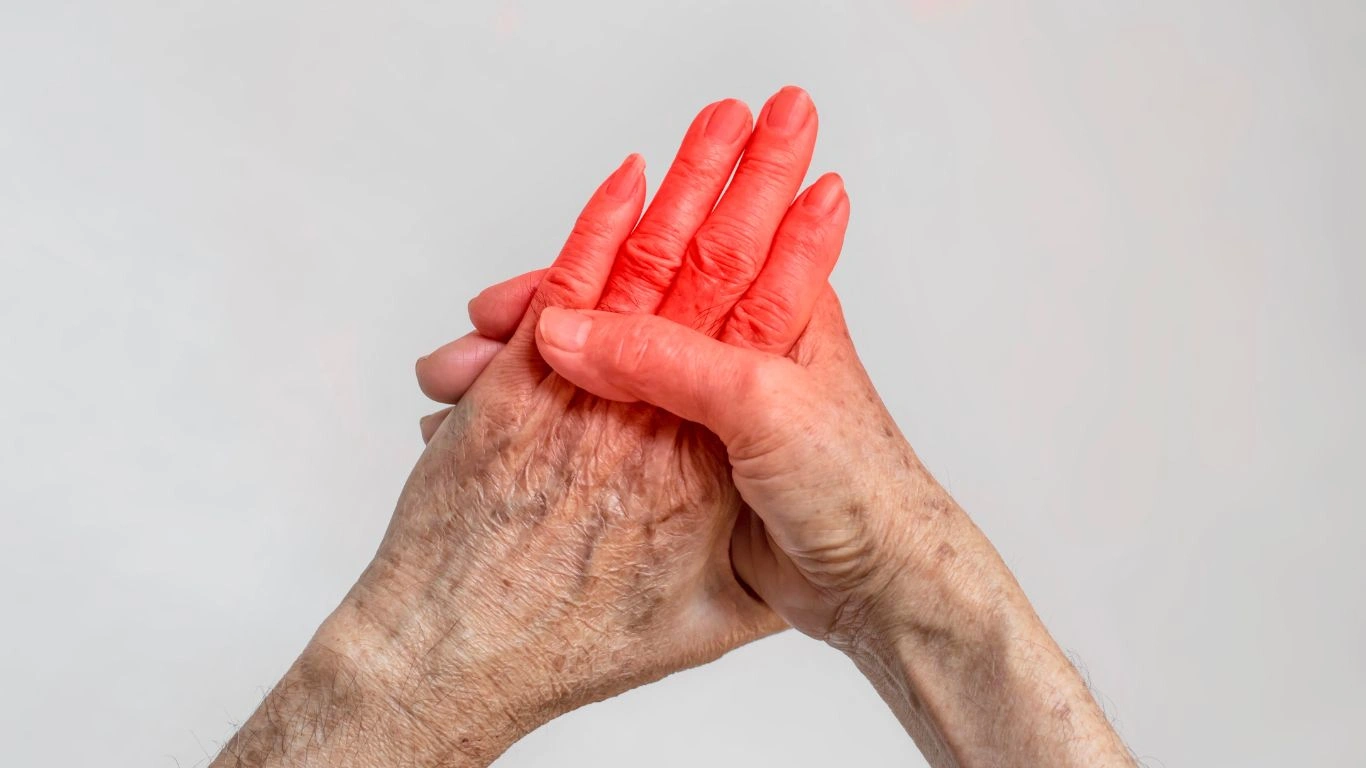
One of the biggest hurdles for many people managing RA is staying motivated when results come slowly—or when flare-ups feel like setbacks. Trust me, I get it. There have been times when a single bad day felt like I was back at square one. But here’s something I’ve seen time and time again, both in myself and my patients: persistence pays off.
Track Your Wins (Big and Small)
Whether it’s jotting down your step count in a journal or using a wearable device, tracking your walks can give you a boost on those days when you feel stuck. Sometimes seeing that you walked three days last week—even if just 15 minutes at a time—is the encouragement you need to lace up again today.
Find a Walking Buddy or Group
RA can feel isolating, especially when friends or family don’t fully understand what you’re going through. That’s why walking with someone else can be such a powerful motivator. I’ve had patients form walking groups through local arthritis foundations or even partner with someone from church or the neighborhood. Bonus: chatting while you walk distracts from the discomfort.
Celebrate Milestones
Finished a whole week of walks without skipping? Celebrate it. Managed to walk without needing a brace for the first time in a while? That’s huge. I’m a big fan of non-food rewards—maybe a new pair of cozy socks, a book you’ve been eyeing, or even just a long soak in the tub with Epsom salts.
Final Thoughts on Walking With RA Knees
When it comes to walking tips for RA knees, the bottom line is this: walk smart, not hard. Listen to your body, use the tools that work for you, and take it one day at a time. There’s no single blueprint that fits everyone, and that’s okay. What matters most is finding a routine that supports your joint health, lifts your mood, and fits into your real life—flare-ups and all.
Over the years, I’ve watched patients go from barely able to move during a flare to confidently strolling through their neighborhoods with a smile. It’s not magic—it’s consistency, patience, and a willingness to work with your body, not against it.
Walking with RA in your knees might come with extra challenges, but it also brings an incredible sense of empowerment. You’re not just moving your body—you’re reclaiming a piece of your independence. And that’s something worth showing up for.
References
- Arthritis Foundation
- American College of Rheumatology
- Mayo Clinic
- National Institute of Arthritis and Musculoskeletal and Skin Diseases (NIAMS)
Disclaimer
This article is for educational and informational purposes only and is not a substitute for professional medical advice, diagnosis, or treatment. Always talk to your healthcare provider before starting any new exercise program, especially if you have rheumatoid arthritis or other chronic conditions. As a Rheumatology nurse practitioner, I’ve shared insights based on clinical experience and current best practices, but every person’s situation is unique.

Tarra Nugroho is a dedicated Nurse Practitioner with a strong foundation in family and preventive care. She brings both compassion and clinical expertise to her practice, focusing on patient-centered care and health education. As a contributor to Healthusias.com, Tarra translates medical knowledge into clear, empowering articles on topics like women’s health, chronic disease management, and lifestyle medicine. Her mission is simple: help people feel seen, heard, and informed—both in the clinic and through the content she creates. When she’s not caring for patients, Tarra enjoys weekend hikes, plant-based cooking, and curling up with a good health podcast.



